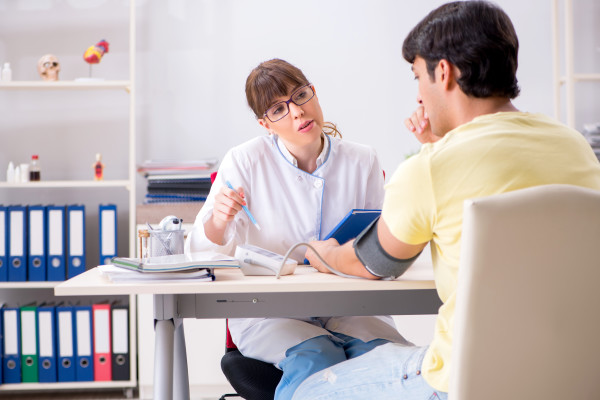What to Do if Your Face Turns Pale

Causes of Facial Pallor
Facial pallor is a condition characterized by a pale or whitish appearance of the face. It can be caused by a variety of underlying medical conditions, some of which may be serious.
Anemia: Anemia is a condition in which the body does not have enough healthy red blood cells. This can lead to a decrease in oxygen delivery to the tissues, which can cause the skin to appear pale.
Blood loss: Significant blood loss can lead to a decrease in blood volume, which can also cause the skin to appear pale.
Vasovagal syncope: Vasovagal syncope is a condition that causes a sudden drop in blood pressure, which can lead to fainting. When someone faints, their face may turn pale due to a lack of blood flow to the head.
Hypoglycemia: Hypoglycemia is a condition in which the blood sugar level drops too low. This can lead to a number of symptoms, including sweating, shaking, and a pale complexion.
Shock: Shock is a life-threatening condition that can occur when the body is unable to get enough blood to the tissues. Shock can be caused by a number of factors, including severe injuries, blood loss, and dehydration.
Symptoms of Facial Pallor
The symptoms of facial pallor can vary depending on the underlying cause. However, some common symptoms include:
A pale or whitish appearance of the face
Cold, clammy skin
Weakness
Dizziness
Lightheadedness
Shortness of breath
Confusion
When to Seek Medical Attention
It is important to seek medical attention if you experience facial pallor, especially if you have other symptoms such as chest pain, shortness of breath, or confusion. These symptoms could be a sign of a serious underlying medical condition.
Treatment for Facial Pallor
The treatment for facial pallor depends on the underlying cause. For example, if the pallor is caused by anemia, treatment will focus on increasing the number of red blood cells in the body. This may involve taking iron supplements or receiving blood transfusions.
If the pallor is caused by blood loss, treatment will focus on stopping the bleeding and replacing the lost blood. This may involve surgery, blood transfusions, or other measures.
If the pallor is caused by vasovagal syncope, treatment will focus on preventing future episodes. This may involve lifestyle changes, such as drinking plenty of fluids and avoiding triggers that can cause fainting.
If the pallor is caused by hypoglycemia, treatment will focus on raising the blood sugar level. This may involve eating or drinking something sugary, or taking glucose tablets.
If the pallor is caused by shock, treatment will focus on stabilizing the blood pressure and restoring blood flow to the tissues. This may involve intravenous fluids, blood transfusions, or other measures.
Prevention of Facial Pallor
There are a number of things you can do to prevent facial pallor, including:
Eating a healthy diet that includes plenty of iron-rich foods
Drinking plenty of fluids
Avoiding triggers that can cause fainting
Managing your blood sugar levels if you have diabetes
Getting regular medical checkups
By following these tips, you can help to prevent facial pallor and the underlying medical conditions that can cause it.
The above is all the content that the editor wants to share with you. I sincerely hope that these contents can bring some help to your life and health, and I also wish that your life will be happier and happier.
Topic: #do #if #what














